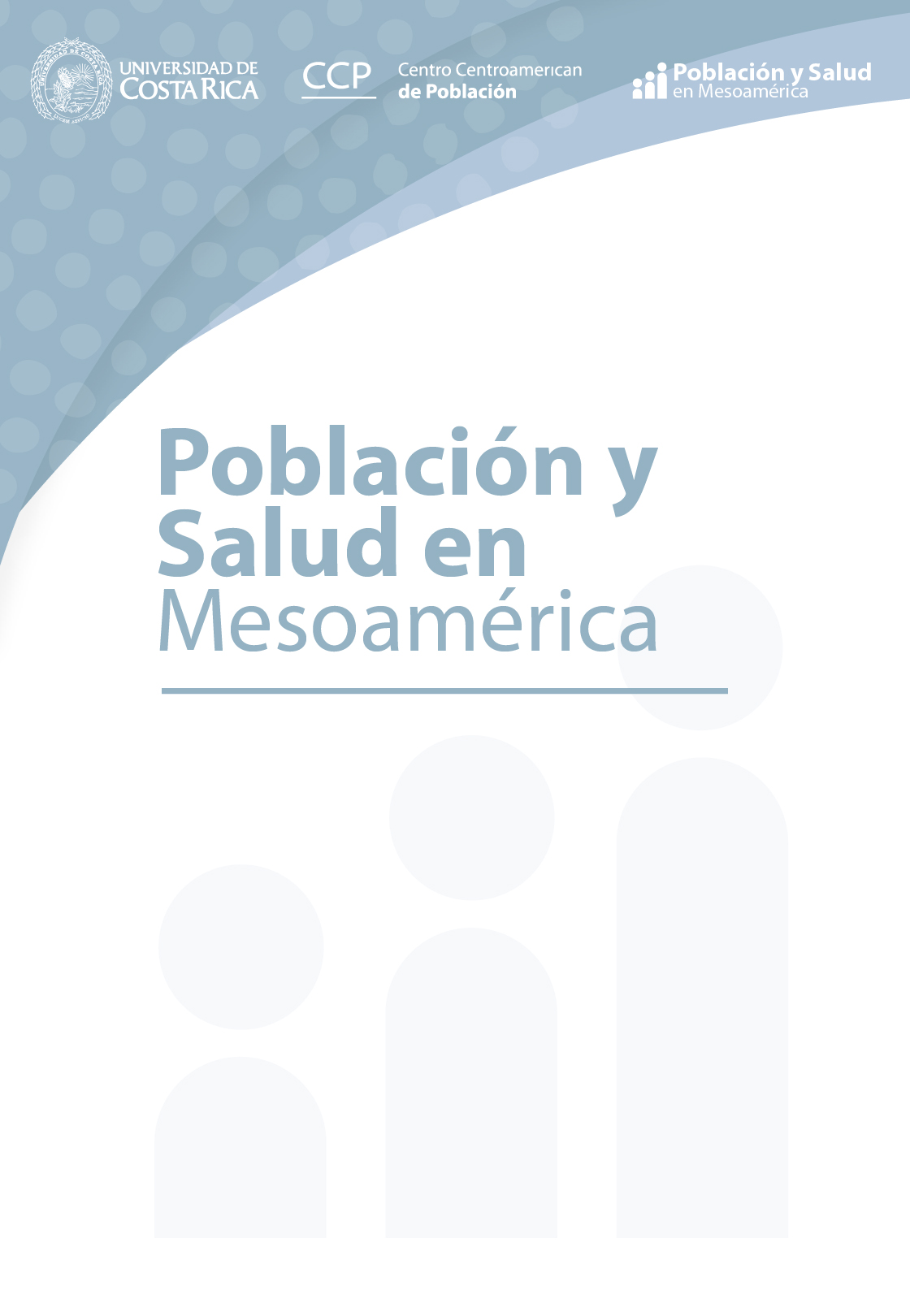Abstract
This research characterizes Venezuelan migration to Colombia, according to sex, educational level, work activity and by geographical area of the migrants and the times of household reunification. Based on the results of the Colombian Population and Housing Census 2018 (CNPV-2018), the demographic profile of migrants is analyzed, and the characteristic forms of household reunification of Venezuelans in Colombia are examined based on migration times using estimators. Kaplan-Meier and Cox models are used, which allow us to identify that factors such as age, educational level, year of arrival and economic activity are determinants of said reunification times. The research identified that the increase in migration from Venezuela has been decisive in the recent transition of the structure of the Colombian population according to age and sex, as it is concentrated in intermediate ages and with a differentiated profile in the main cities. Likewise, it was possible to identify that the recent Venezuelan migration pattern can be classified as family-type, with emphasis on productive and reproductive ages, and a high presence of minors, and that the still active ties with spouses, children and, in general, relatives who were pioneers in the migratory process is a factor that plays a fundamental role in the differences in the propensities to migrate by households and their members.
References
Aliaga, F., Flórez de Andrade, A., García, N. y Díaz, F. (2020). La integración de los venezolanos en Colombia: discurso de líderes inmigrantes en Bogotá y Cúcuta. Sociologia, Problemas e Práticas, 94. http://dx.doi.org/10.7458/SPP20209417249.
Arriagada, I. (2007). Familias latinoamericanas: cambiantes, diversas y desiguales. Papeles de Población, 13(53), 9-22. http://www.scielo.org.mx/pdf/pp/v13n53/v13n53a2.pdf.
Bahar, D., Dooley, M. y Huang, C. (2018). Integración de los venezolanos en el mercado laboral colombiano Mitigando costos y maximizando beneficios. Global Economy and Development. https://www.brookings.edu/es/research/integracion-de-los-venezolanos-en-el-mercado-laboral-colombiano/
Bay, G. Cruz, H. Del Popolo, F. González, D. Martínez, J. Rodríguez y J. Silva, A. (2020). Recomendaciones para los censos de población y vivienda en América Latina Revisión 2020. CEPAL -UNFPA.
Bedoya, Y. (2021). Migración laboral en Nuevo León, México 1990-2015. Huellas de la Migración, 5(9), 87-123.
Bloom, D. E., Canning, D. y Sevilla, J. (2003). The demographic dividend: A new perspective on the economic consequences of population change. Rand Corporation.
Borjas, G. J. (1994). The Economics of Immigration. Journal of Economic Literature, 32(4), 1667-1717. https://content.csbs.utah.edu/~philips/soccer2/readings_files/Borjas%20The%20Economics%20of%20Immigration%20%201994.pdf.
Canales, A. (2017). La migración internacional en los modelos neoclásicos. Una perspectiva crítica. Huellas de la Migración, 2(3), 11-36. https://hemeroteca.uaemex.mx/index.php/huellasmigracion/article/view/4527
Castellanos, E., Vega, I. y Cristancho-Fajardo, C. (2022). Envejecimiento y la transición de la estructura poblacional por edades en Colombia. Tendencias, 23(1), 29-57.
Comisión Económica para América Latina y el Caribe. (2008). Transformaciones demográficas y su influencia en el desarrollo en América Latina y el Caribe. Autor.
Cox, D. (1972). Regression models and life‐tables. Journal of the Royal Statistical Society: Series B (Methodological), 34(2), 187-202. http://dx.doi.org/10.1111/j.2517-6161.1972.tb00899.x
De Vos, S. (1987). Latin American Households in Comparative Perspective. Population Studies, 41(3),501-517. http://dx.doi.org/10.1080/0032472031000143026
Díez, A. (2021). El retorno en los movimientos migratorios. Configuración espacial y selectividad migratoria en el departamento del Atlántico (Colombia). Tabula Rasa, (39), 157-190.
Gandini, L., Prieto, V. y Lozano-Ascencio, F. (2020). Nuevas movilidades en América Latina: la migración venezolana en contextos de crisis y las respuestas en la región. Cuadernos geográficos de la Universidad de Granada, 59(3), 103-121. https://doi.org/10.30827/cuadgeo.v59i3.9294
González-Leonardo, M., Recaño, J. y López-Gay, A. (2020). Selectividad migratoria y acumulación regional del capital humano cualificado en España. Investigaciones Regionales – Journal of Regional Research, 2020/2(47), 113-133. https://doi.org/10.38191/iirr-jorr.20.013
Jasso, G. y Rosenzweig, M. (1986) Family Reunification and The Immigration Multiplier: U.S. Immigration Law, Origin-Country Conditions, And The Reproduction of Immigrants. Demography, 23(3), 291-311. https://doi.org/10.2307/2061432.
Kaplan, E. L. y Meier, P. (1958). Nonparametric estimation from incomplete observations. Journal of the American statistical association, 53(282), 457-481. http://dx.doi.org/10.1080/01621459.1958.10501452
Lutz, W. y Samir, K. C. (2011). Global human capital: Integrating education and population. Science, 333(6042), 587-592. https://doi.org/10.1126/science.1206964
Massey, D. (1990). Social Structure, Household Strategies, and the Cumulative Causation of Migration, Population Index, 56(1), 3-26. https://doi.org/10.2307/3644186
Massey, D. S., Arango, J., Hugo, G., Kouaouci, A., Pellegrino, A. y Taylor, J. E. (1993). Theories of international migration: A review and appraisal. Population and Development Review, 19(3) 431-466. https://doi.org/10.2307/2938462
Mazuera‐Arias, R., Albornoz‐Arias, N., Cuberos, M. A., Vivas‐García, M. y Morffe Peraza, M. Á. (2020). Sociodemographic profiles and the causes of regular Venezuelan Emigration. International Migration, 58(5), 164-182. https://doi.org/10.1111/imig.12693
Moyano-Buitrago, M. L. (2021). Inserción laboral de inmigrantes venezolanas, 2014-2019:¿ acumulación de desventajas? Sociedad y Economía, 44. https://doi.org/10.25100/sye.v0i44.10743
Reina, M., Mesa, C. y Ramírez, T. (2018).Elementos para una política pública frente a la crisis de Venezuela. Cuadernos Fedesarrollo, 69. https://www.repository.fedesarrollo.org.co/handle/11445/3716
Saa, I., Novak, M., Morales, A. y Pentland, A. (2020). Looking for a better future: modeling migrant mobility. Applied Network Science, 5(70). https://doi.org/10.1007/s41109-020-00308-9
Sanchez Molina, R. (2004). Cuando los hijos se quedan en El Salvador: Familias transnacionales y reunificación familiar de inmigrantes salvadoreños en Washington D.C. Revista de dialectología y tradiciones populares (RDTP), 59(2), 257-276. http://e-spacio.uned.es/fez/eserv/bibliuned:500383-Articulos-5900/Documento.pdf
Santamaria, J. (2020). ‘When a Stranger Shall Sojourn with Thee’: The Impact of the Venezuelan Exodus on Colombian Labor Markets. University of Minnesota, Department of Applied Economics. http://pseweb.eu/ydepot/seance/514221_Julieth_Santamaria.pdf
Takenaka, A. y Pren, K. (2010). Determinants of Emigration: Comparing Migrants' Selectivity from Peru and Mexico. American Academy of Political and Social Science, 630(1), 178-193. https://doi.org/10.1177/0002716210368109
Zlotnik, H. (1995). Migration and the family: The female perspective. Asian and Pacific Migration Journal,4(2-3), 253-271. https://doi.org/10.1177/011719689500400205
Zulver, J. y Idler, A. (2020). Gendering the border effect: the double impact of Colombian insecurity and the Venezuelan refugee crisis. Third World Quarterly, 41(7), 1122-1140. https://doi.org/10.1080/01436597.2020.1744130
##plugins.facebook.comentarios##

This work is licensed under a Creative Commons Attribution-NonCommercial-ShareAlike 4.0 International License.
Copyright (c) 2022 J. Sebastian Ruiz-Santacruz, Elizabeth Castellanos, César Andrés Cristancho Fajardo







